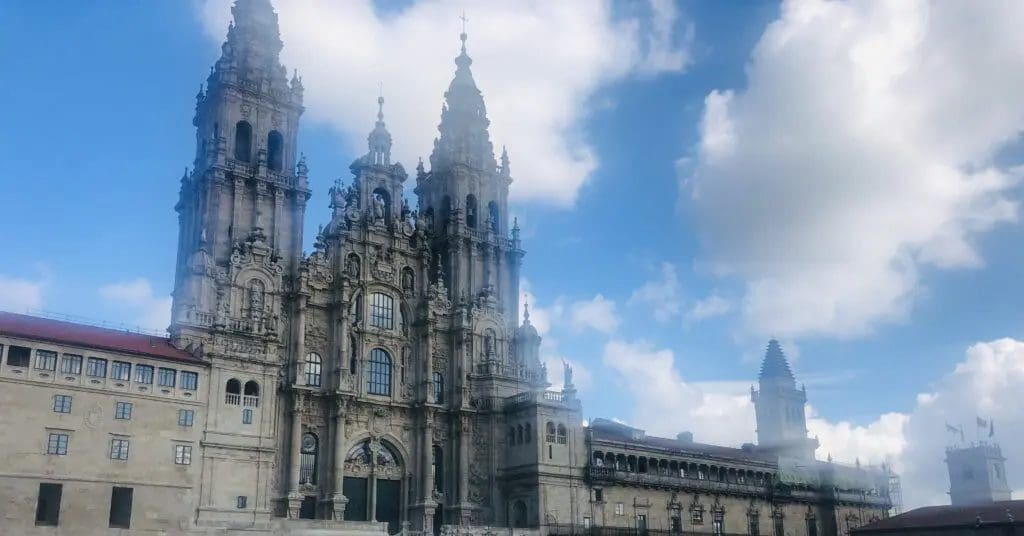Section 7
León to Astorga
The walk from León to Astorga, about 48 km, is a peaceful and mostly flat stretch of the Camino. Leaving León, take the alternative route via Villar de Mazarife to avoid walking beside the highway. The path runs through small, sleepy villages like Oncina de la Valdoncin and Villavante, with wide skies and open fields. Highlights include the medieval bridge at Hospital de Órbigo, where you might see jousting, and the graceful arrival into Astorga, marked by Gaudí’s palace and the soaring cathedral.

León
305.7 KM to Santiago
Leaving León, the Camino winds through bustling streets and quieter suburbs, gradually thinning out to a more open landscape. After around 7 km, you arrive in La Virgen del Camino, a modern pilgrimage town that marks the edge of the city and the beginning of the countryside.
La Virgen del Camino
298.7 KM to Santiago
There’s a donativo in La Virgen del Camino — I haven’t stayed there myself, but it comes well recommended. Called Albergue Municipal, it’s ideal for those who want a quieter night than León offers.
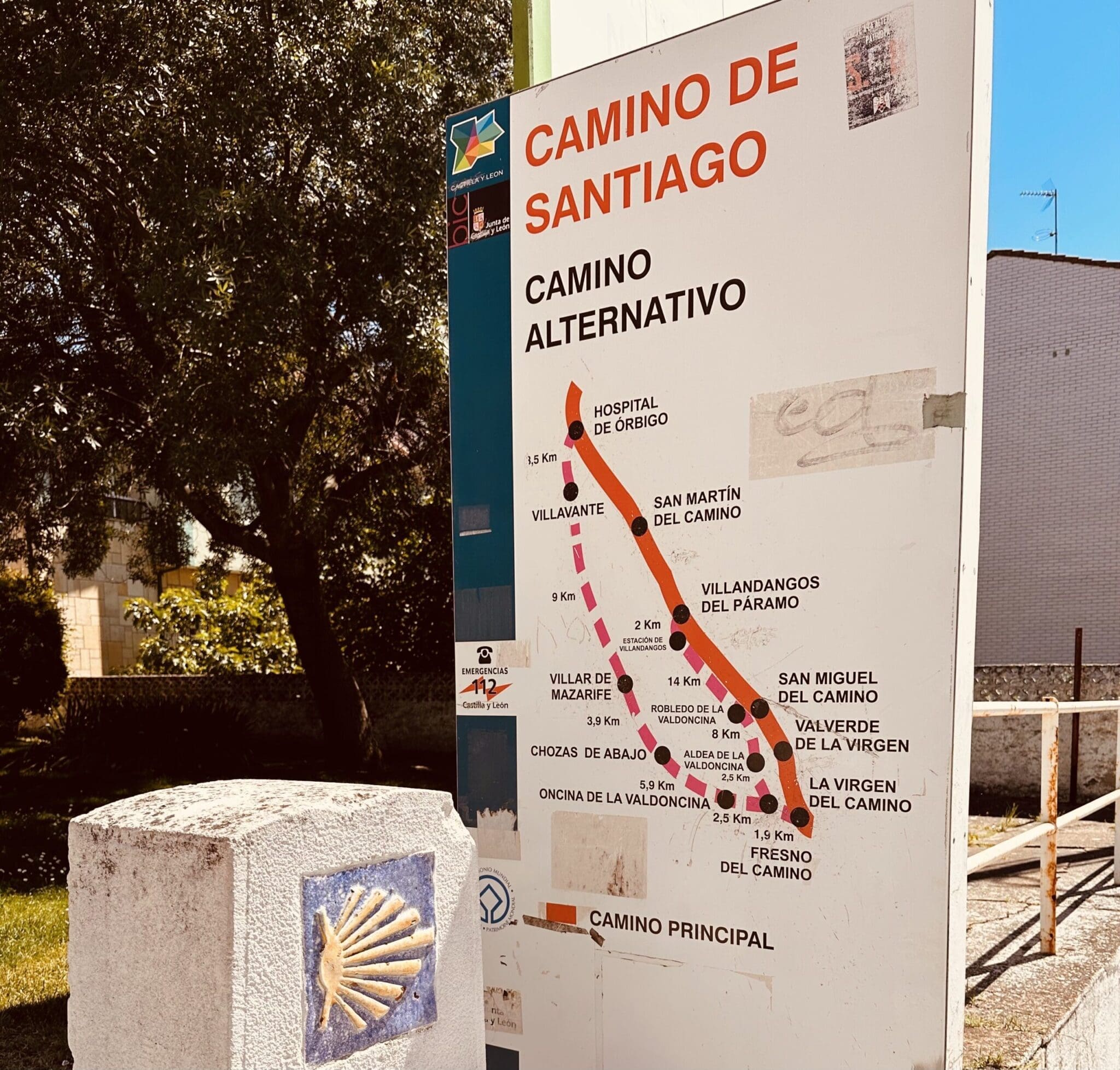
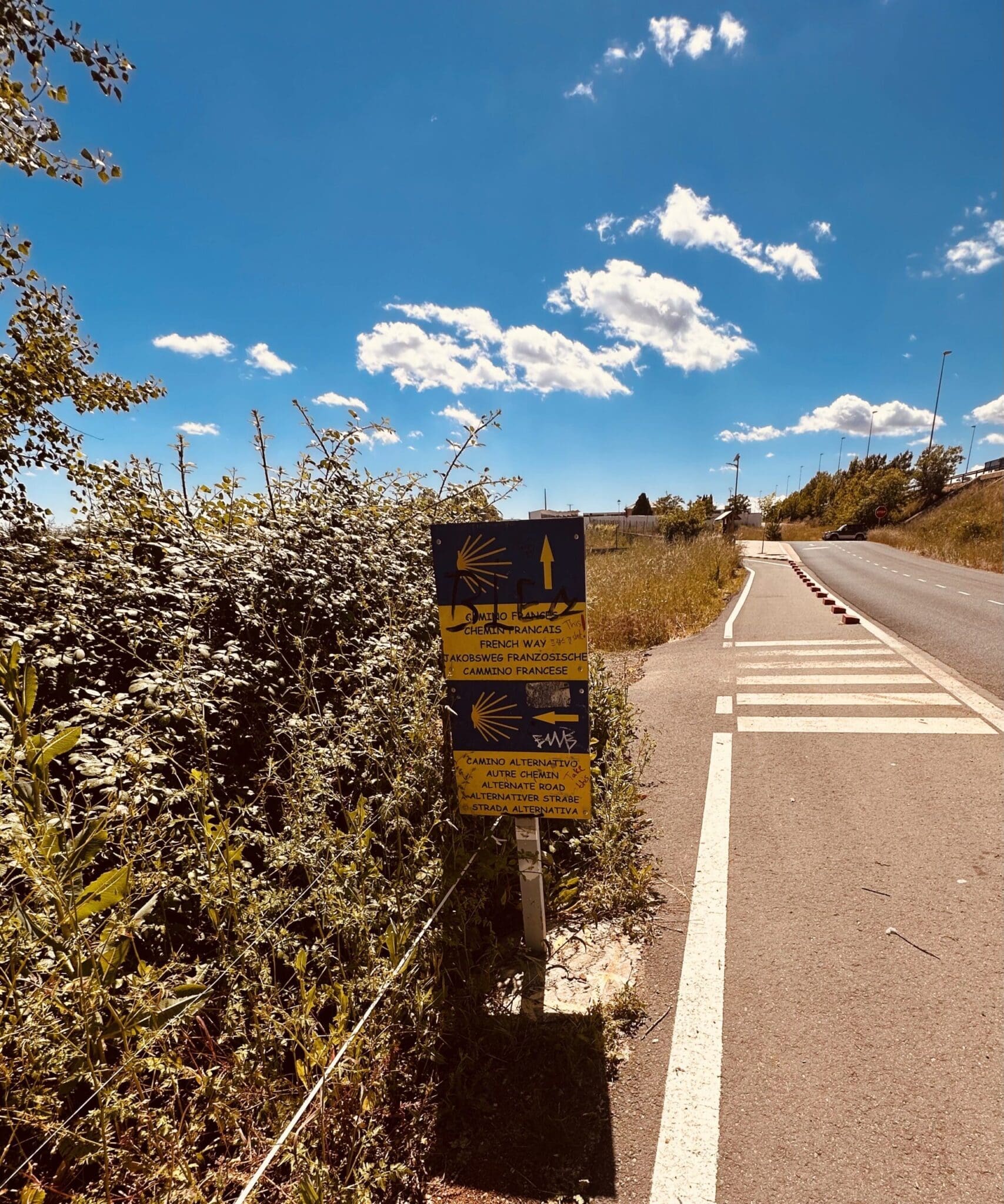
Just after La Virgen del Camino, the path splits. Both routes meet again at Hospital de Órbigo. The main route follows the busy road. The alternative cuts through the countryside. I won’t bother describing the official route — just take the alternative. It’s so much nicer. Watch for the sign and follow the small road to Oncina de la Valdoncin.
Oncina de la Valdoncin
297.3 KM to Santiago
The road to Oncina de la Valdoncin is quiet, with flat farmland and a few trees, not much else. You might not see another pilgrim. It’s a straight walk, easy underfoot. The village is small. A church, a few houses, a water fountain. There’s not much going on, and that’s part of the appeal.
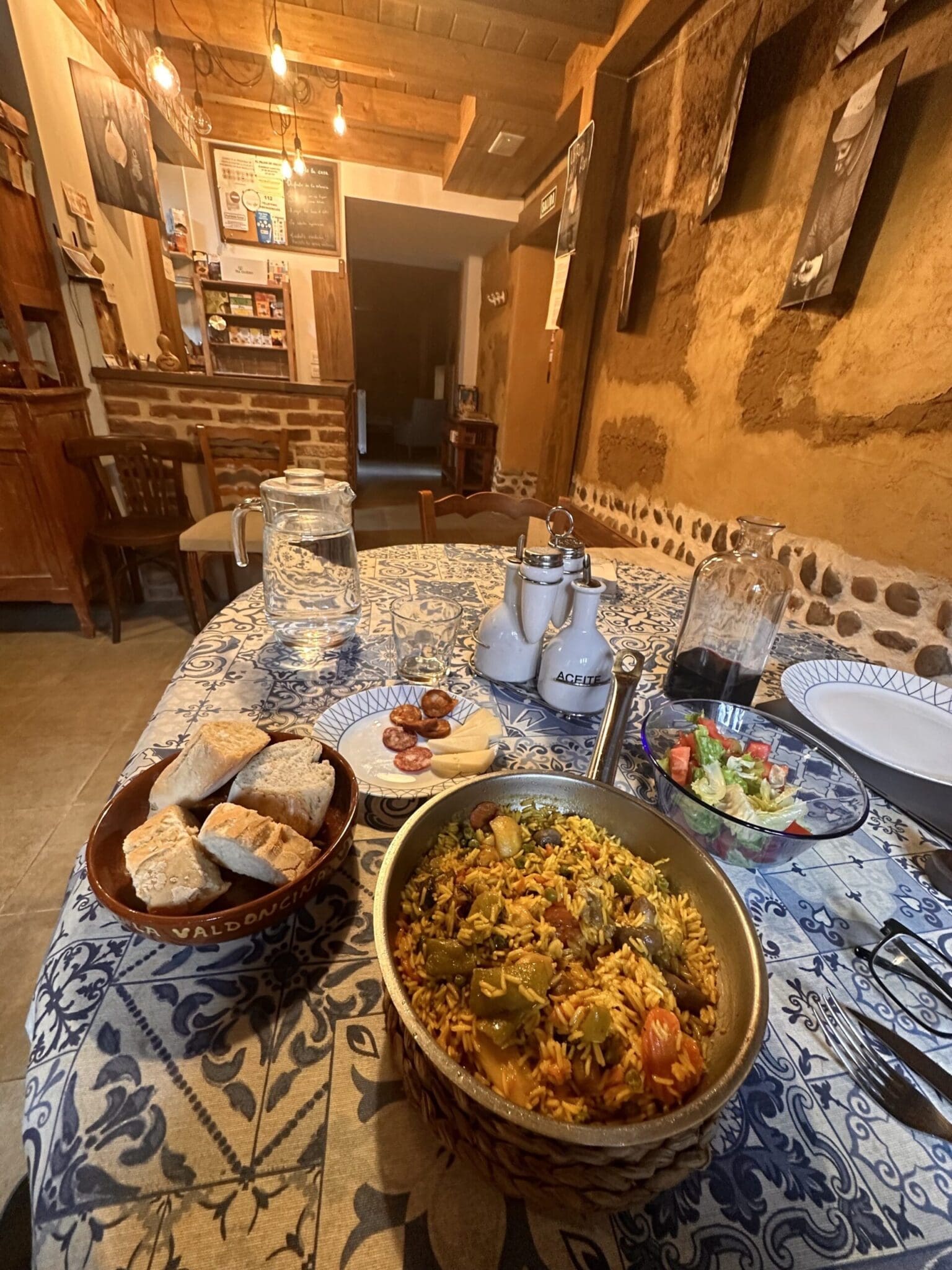
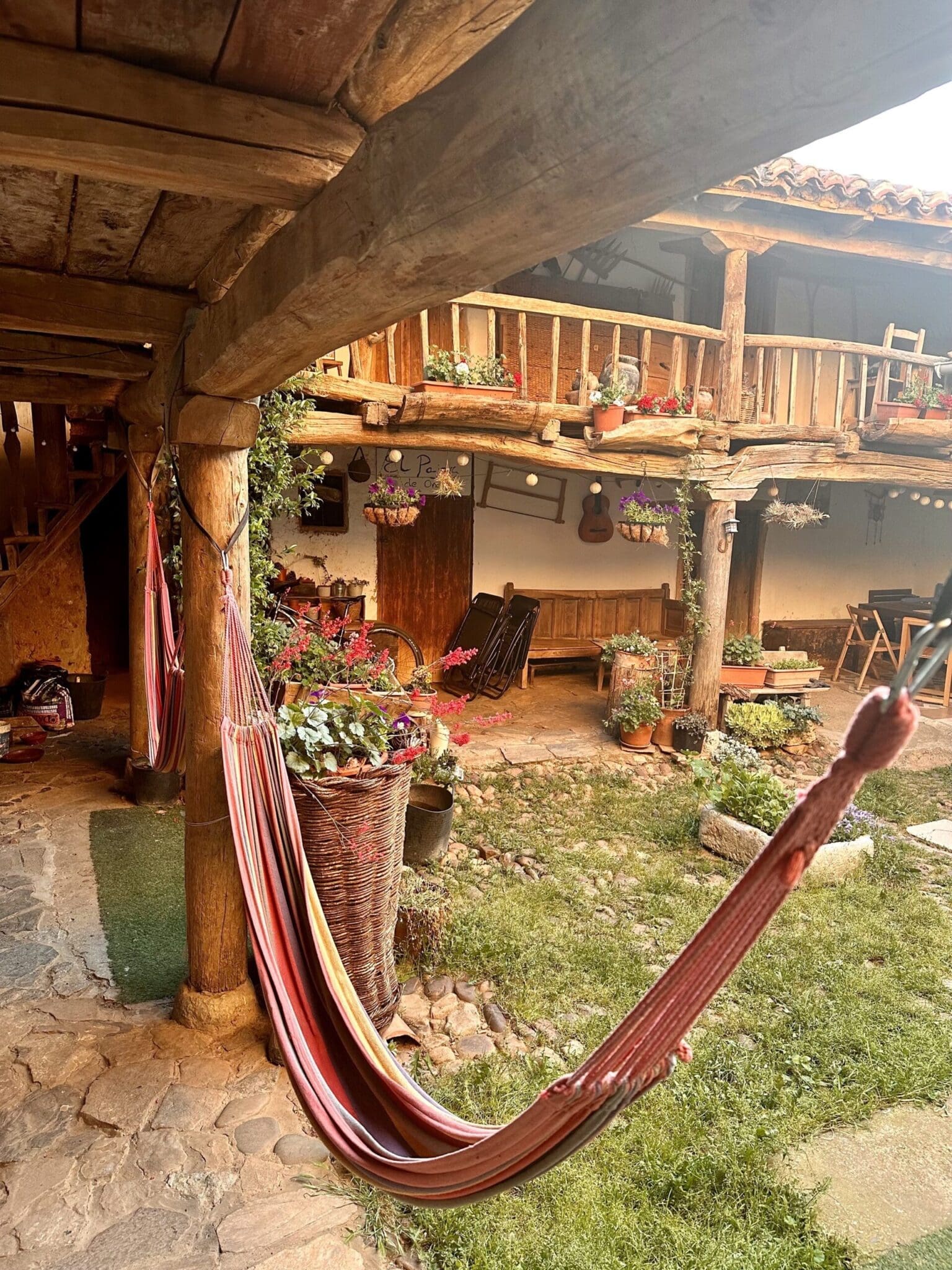
There’s a small, family-owned albergue in the village — Albergue El Pajar de Oncina. It’s a little oasis, with a quiet courtyard and hammocks to rest in. I stayed there last year and was the only pilgrim. The family were kind so and invited me to join them for dinner. I’d recommend this albergue to anyone. I hope more pilgrims find it.
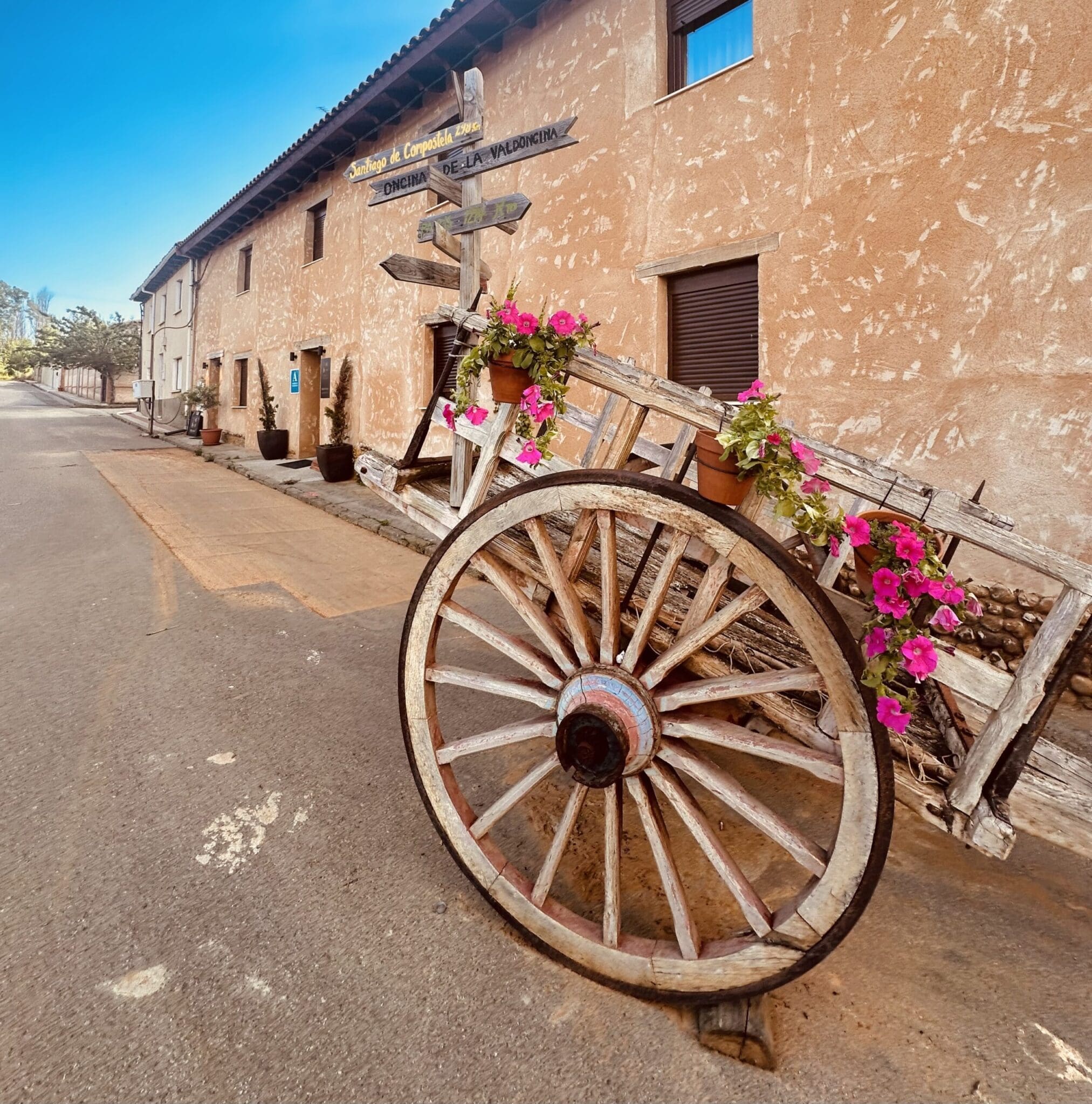
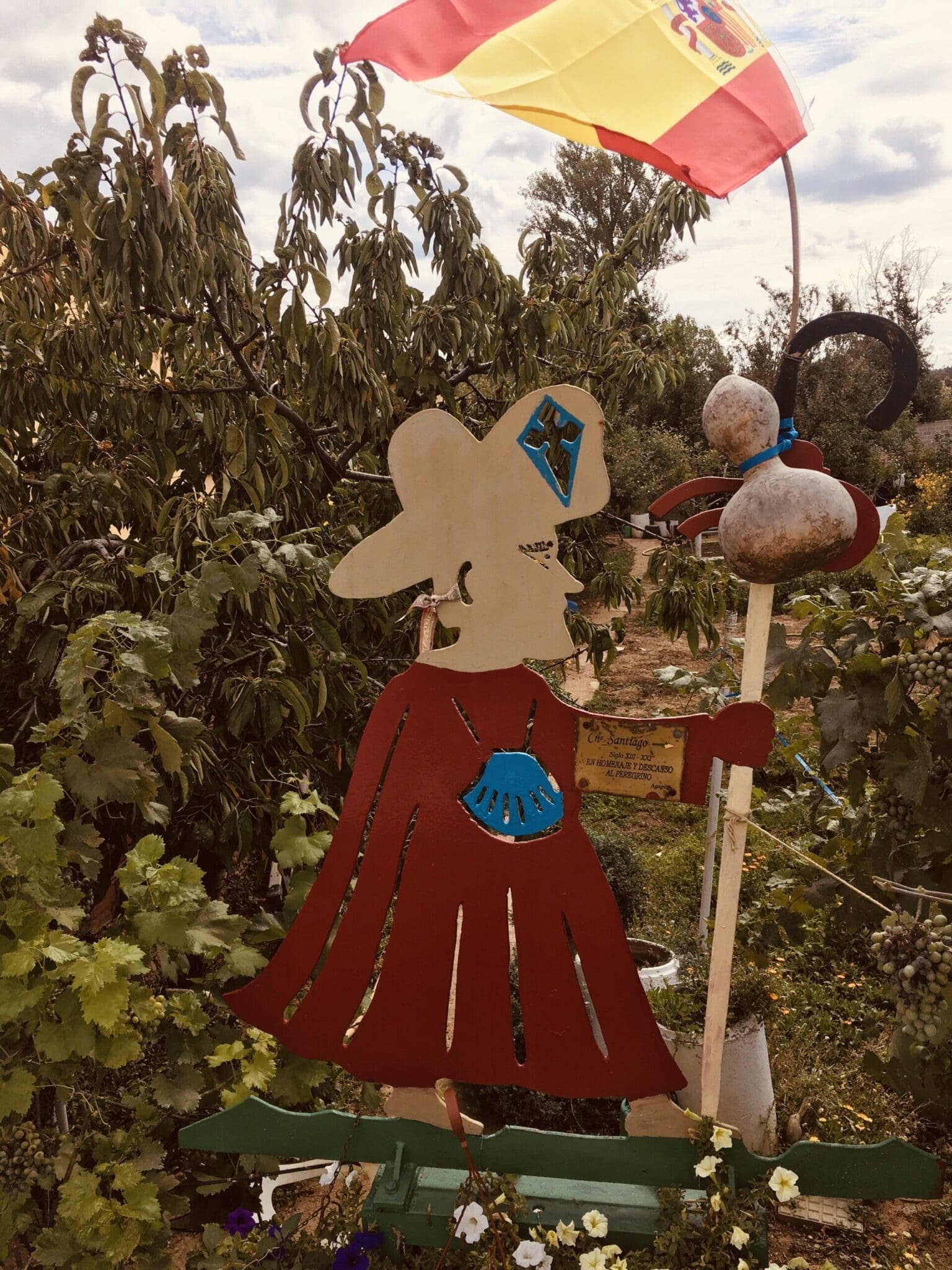
Villar de Mazarife
285.5 KM to Santiago
From Oncina, it’s about 10 km of quiet country walking to Villar de Mazarife. The path is flat and open. You’ll pass fields, maybe a tractor, and not much else.
Villar de Mazarife is a small, unremarkable village with a few bars, a church, and a handful of albergues. But I found it lovely and welcoming. I stayed at Albergue Jesús, which has a swimming pool. Another middle-of-nowhere village that somehow feels enchanting.
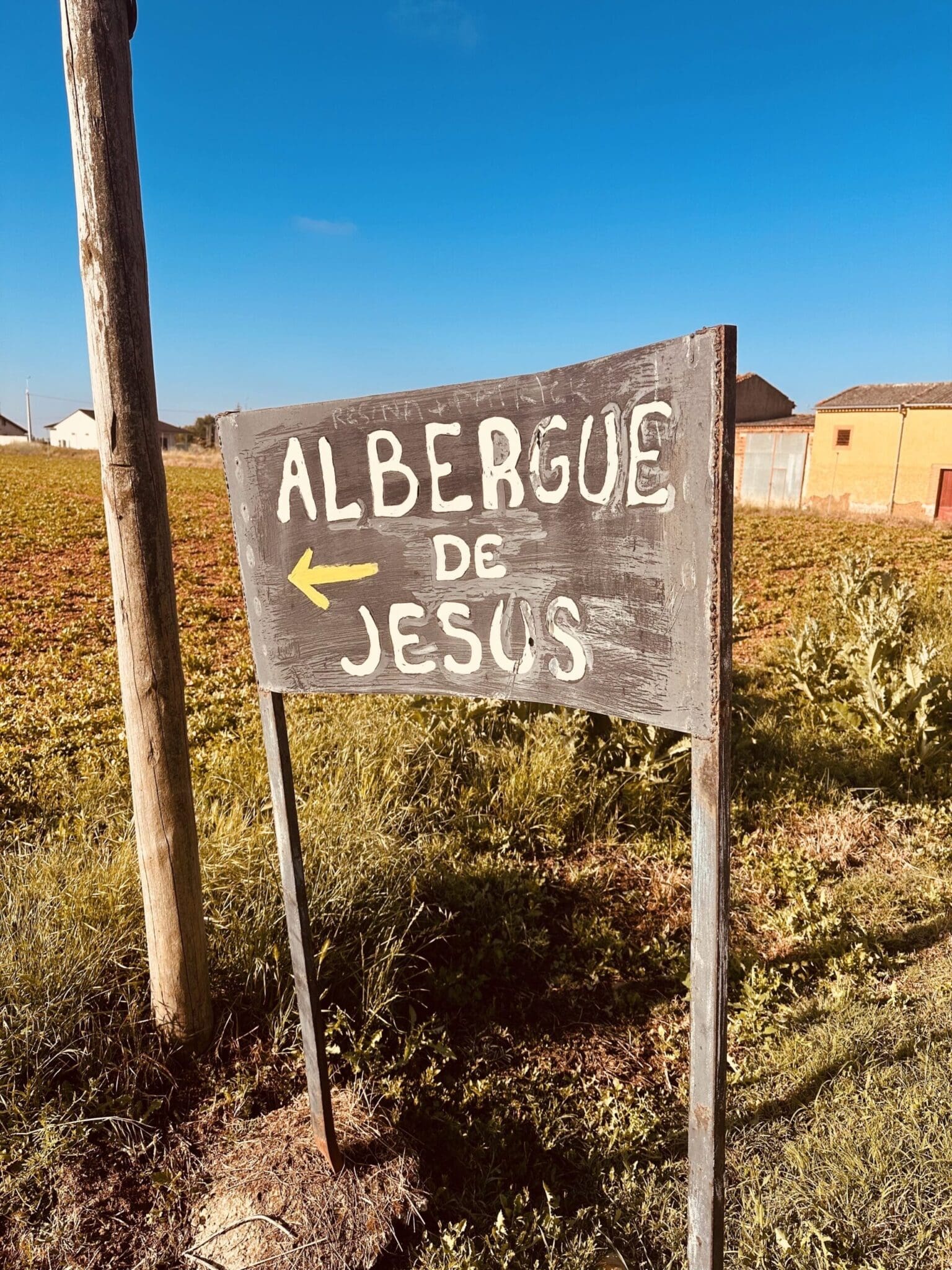
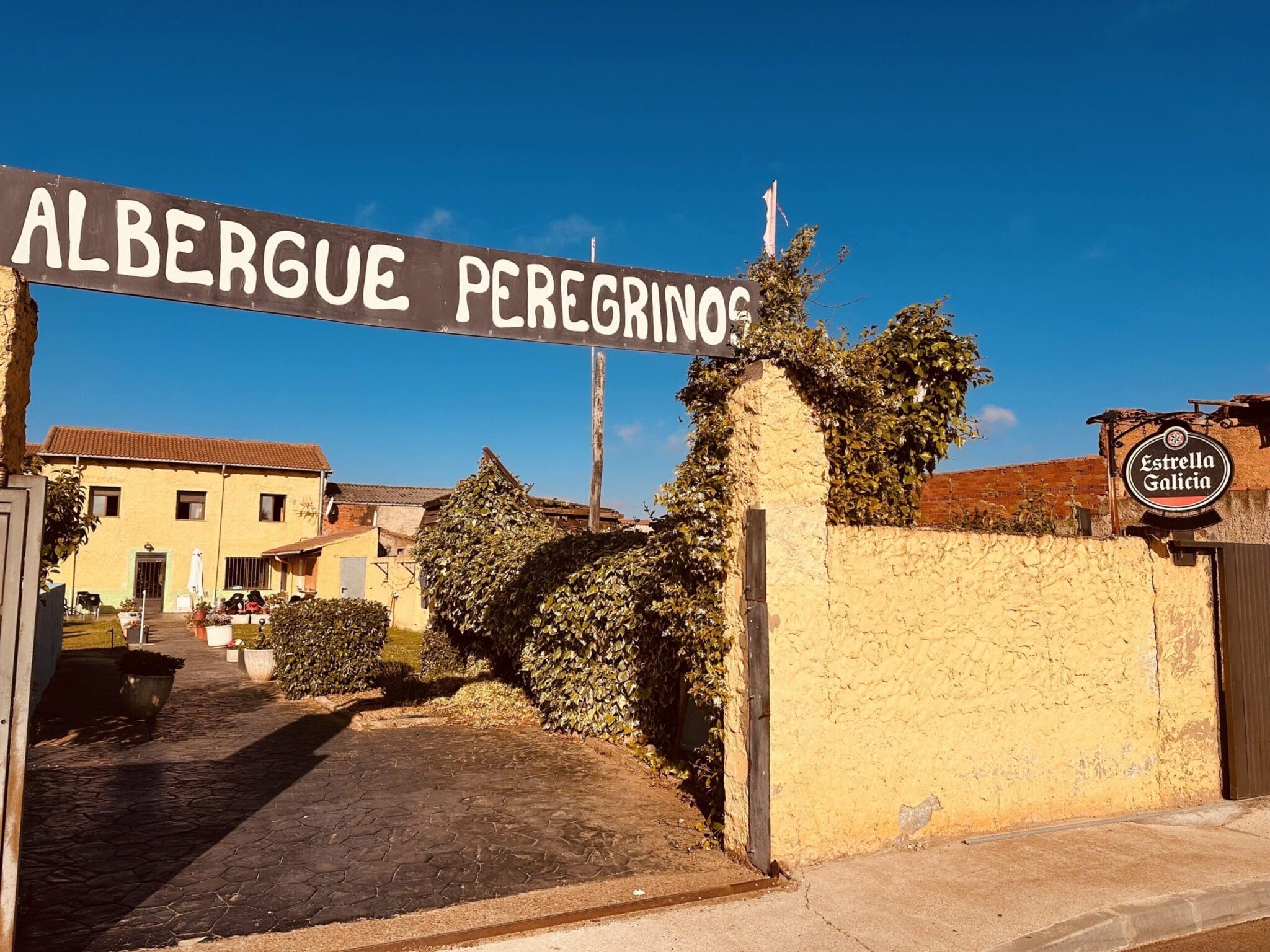
Villavante
277.7 KM to Santiago
Continue another 5 km to Villavante. The walking remains quiet, flat, and easy. In the village, there’s an albergue called Santa Lucía. I haven’t stayed there, but I stopped for lunch. The food was excellent and the place looked nice.
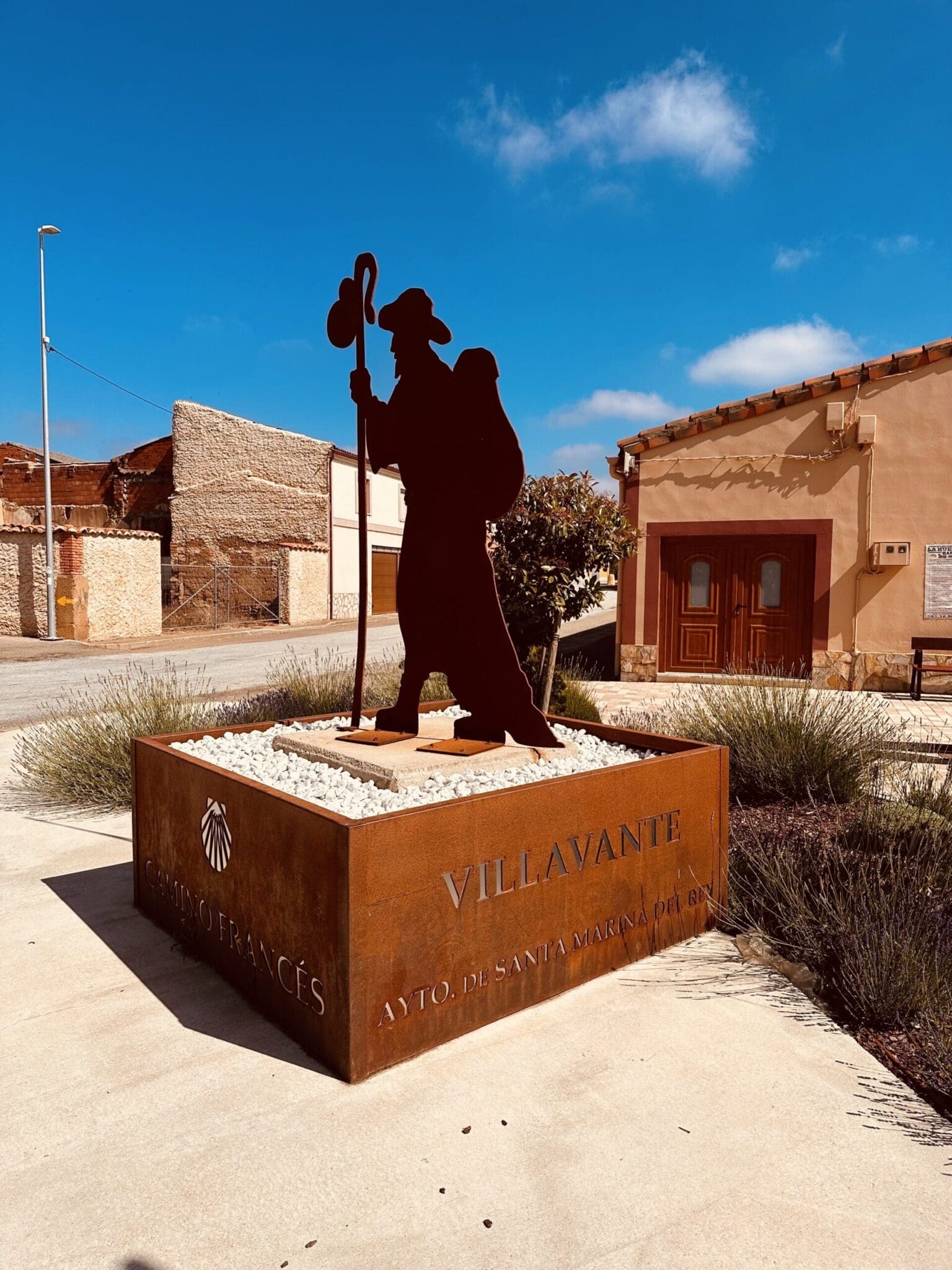
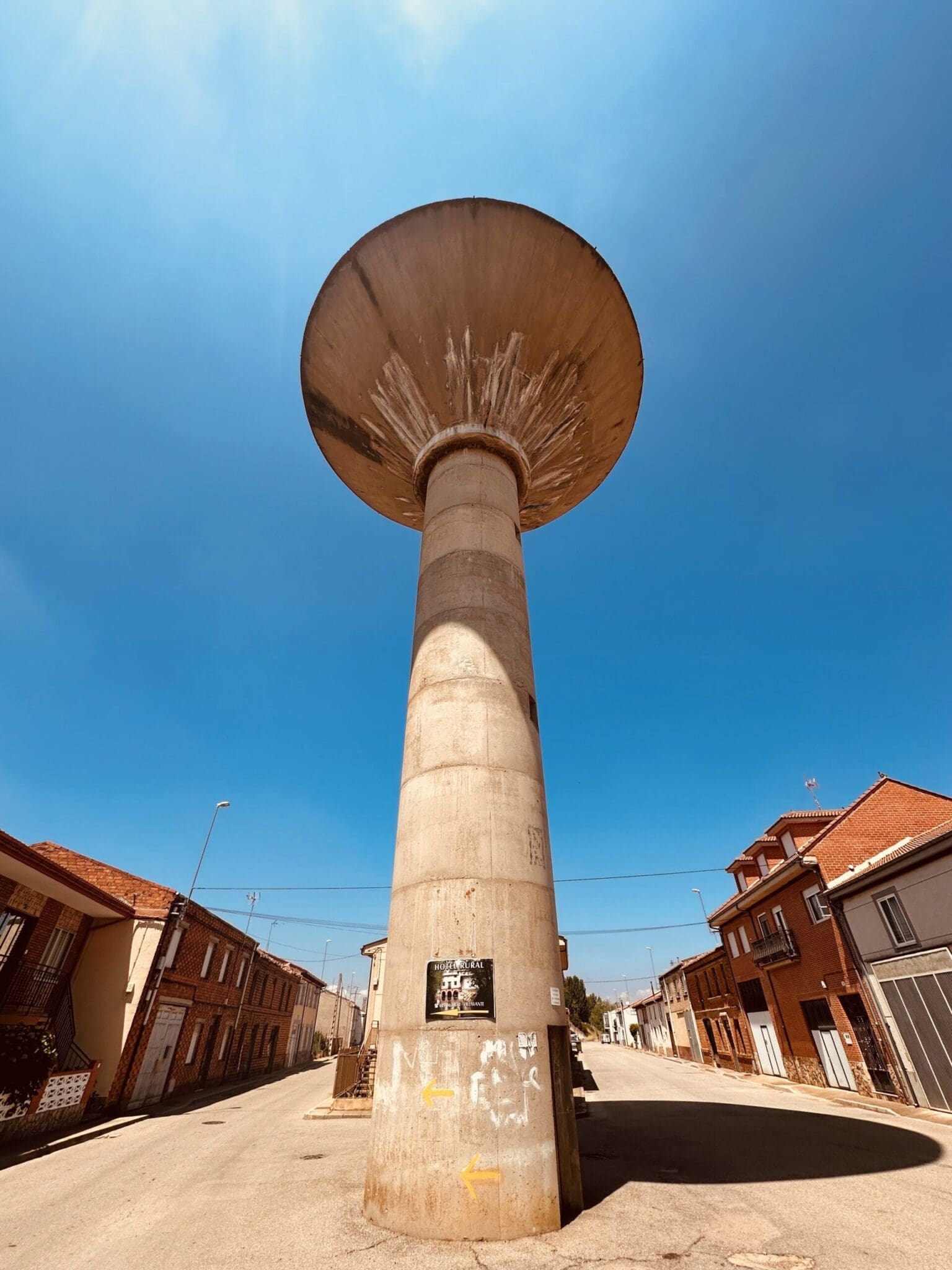
Hospital de Órbigo
273.5 KM to Santiago
After another 4 km, you’ll arrive in Hospital de Órbigo. It’s a classic Camino town. You enter over a 200-metre stone bridge. The bridge feels medieval, like a jousting tournament wouldn’t look out of place — and they still hold one every year, in honor of a knight named Suero de Quiñones.
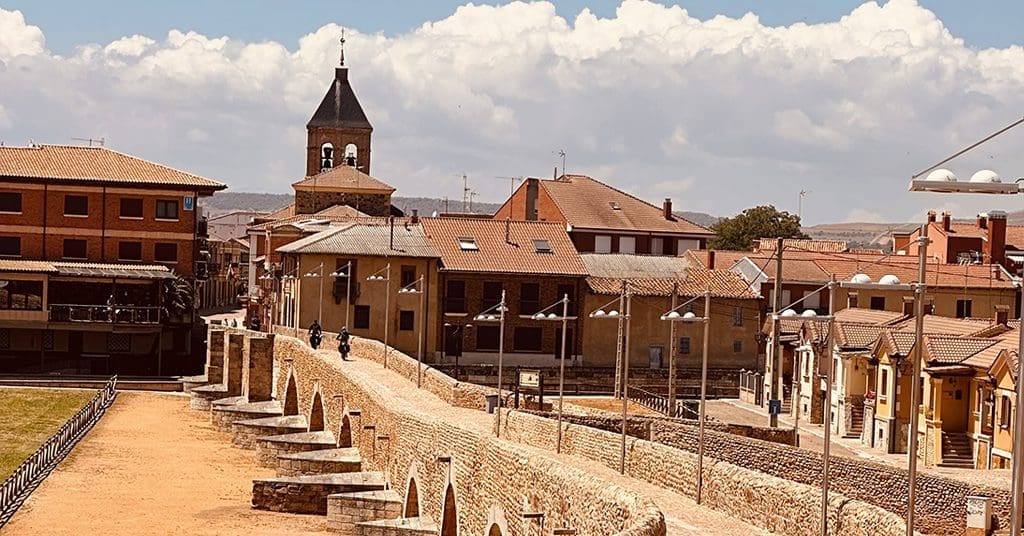

Hospital de Órbigo is a small, easygoing town. A few streets, a few bars, a handful of shops. It’s a good place to stop for the night. There are a few great places to stay.
Albergue DORMERO San Miguel is right on the main street you enter after crossing the bridge. Inside, there’s a little gallery and painting supplies. Pilgrims are encouraged to pick up a brush and create something. You can paint a small canvas with acrylics — either a memory, a message, or whatever you feel. You can leave it behind as part of the hostel or carry it with you to Santiago. I think they are under new ownership this year, and I hope they keep the same special vibe.
There’s also Albergue Karl Leisner, a Christian, donation-based albergue run by volunteers — usually German-speaking, as it’s organized by German Catholic groups. It’s a peaceful and welcoming place, with a spiritual atmosphere. They often offer evening prayers, singing, and blessings for pilgrims.
Karl Leisner (1915–1945) was a German Catholic priest and martyr. He was arrested for criticizing Hitler and helping young people resist Nazi ideology. While imprisoned in Dachau, he was secretly ordained a priest by a fellow prisoner who was a bishop. He celebrated just one Mass before becoming too ill and died shortly after liberation. He was beatified by Pope John Paul II in 1996.
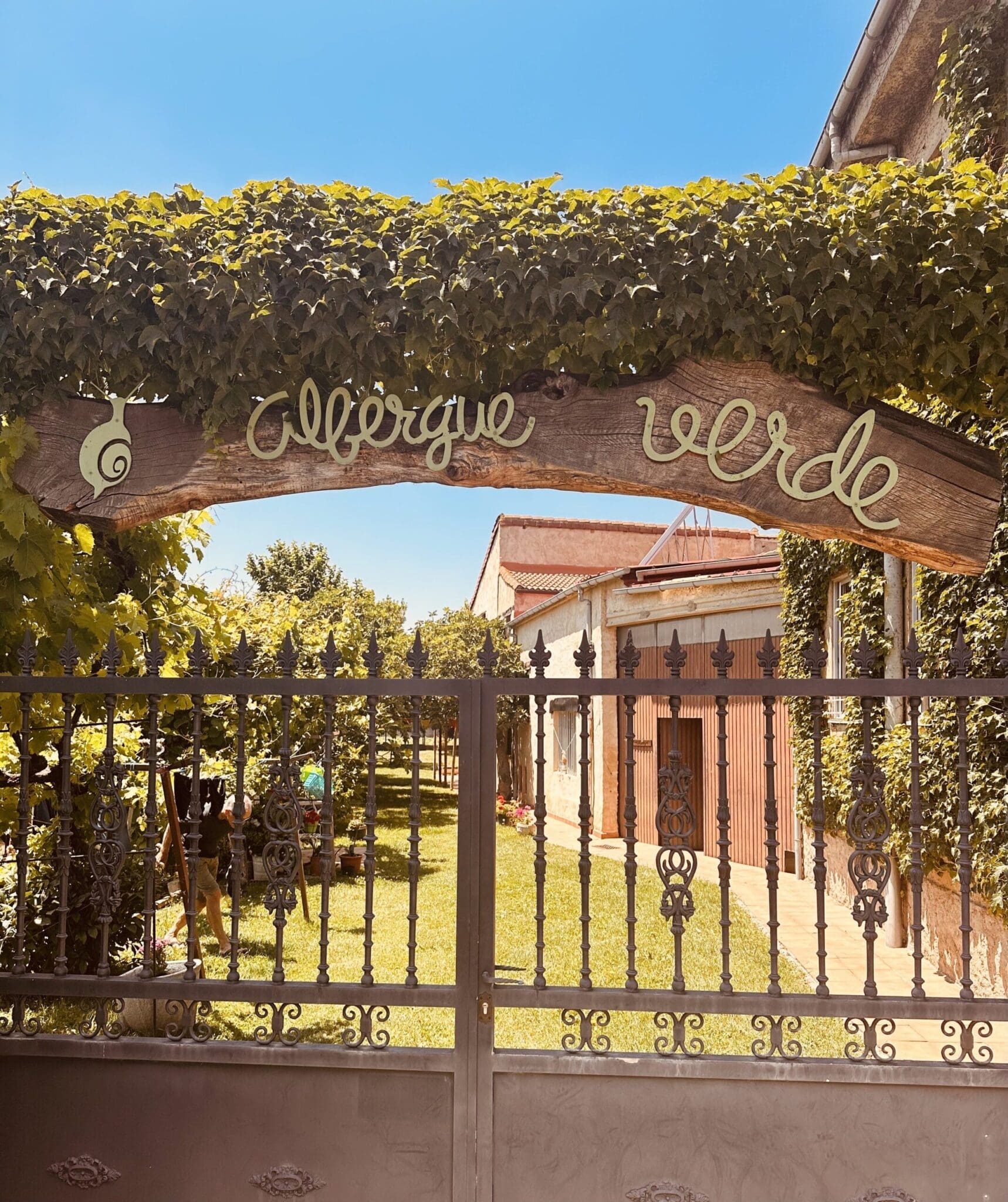
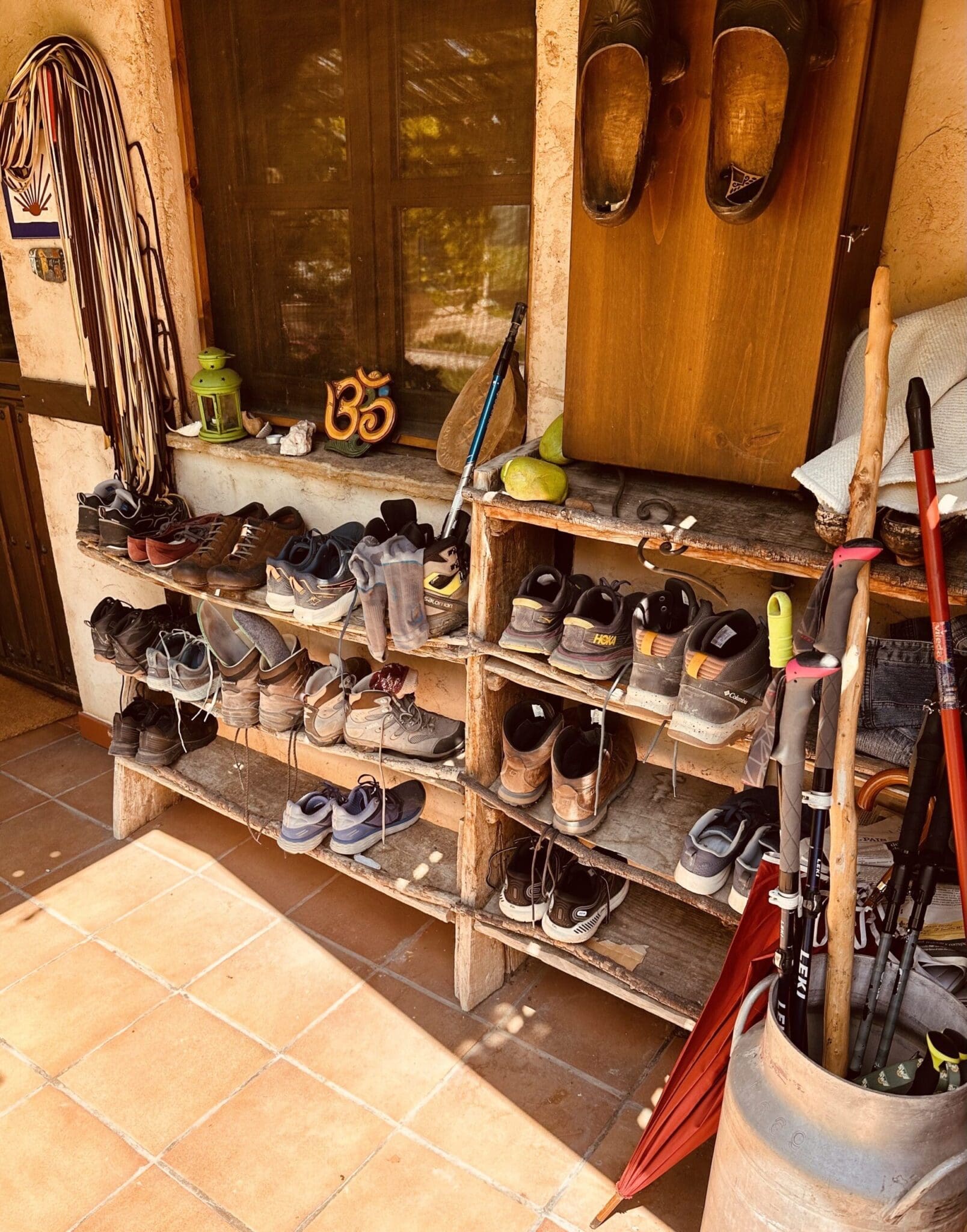
Finally, there’s Albergue Verde, located on the edge of town. It’s a private albergue with a peaceful, hippy-chic vibe. The communal dinner is a highlight — a long table under the trees, vegan meals made from their own organic garden, freshly baked bread, veggie paella, and warm brownies. Before dinner, the staff sing a blessing.
There’s also a yurt on the property for yoga and meditation, with free classes to help pilgrims relax and recharge. The albergue has 26 beds in shared rooms, with prices around €16 per night.
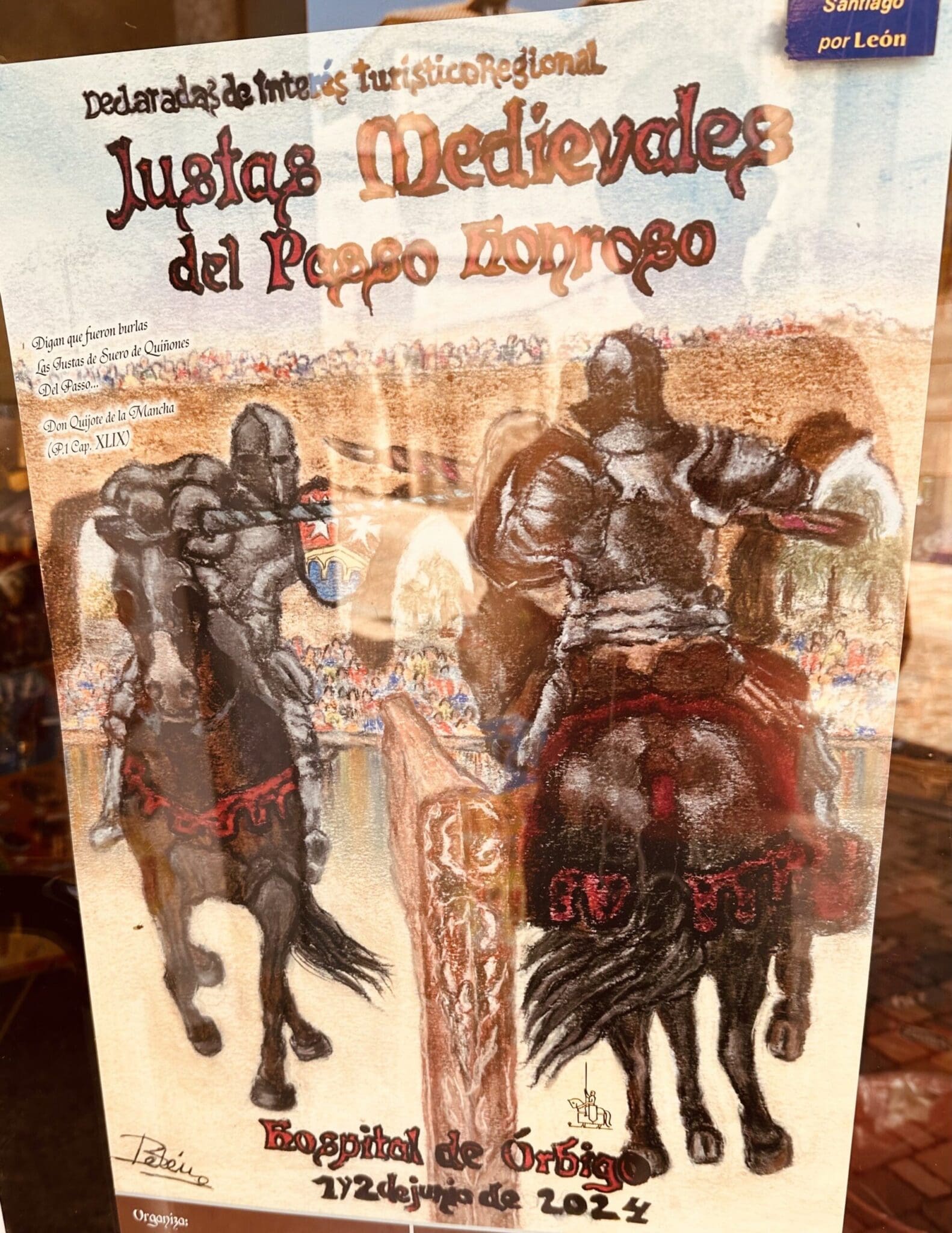
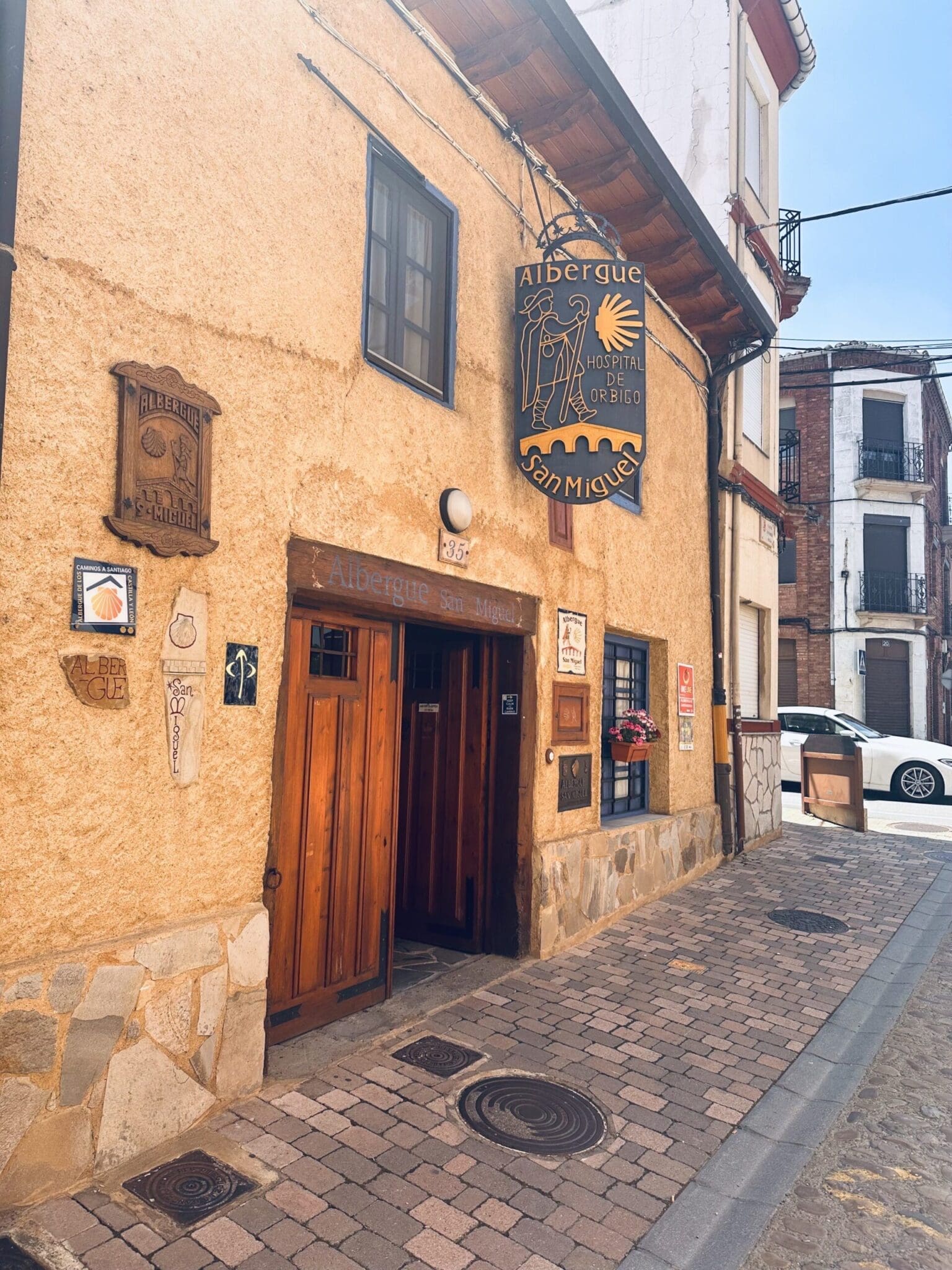
And remember the knight Suero de Quiñones. In 1434, he set up a challenge at the bridge to prove his love for a lady who didn’t love him back. He and ten men vowed to fight every knight who tried to cross. They fought for a month, breaking lances and bones. Pilgrims and travelers had to wait or find another way. After breaking over 300 lances, Suero declared victory. Wounded and worn out, he later walked the Camino to Santiago, wearing an iron collar as a sign of his suffering.
Every year, the town brings his story back to life with a jousting festival. In 2025, it will be held on June 6th and 7th.
San Justo de la Vega
268.6 KM to Santiago
Leaving Hospital de Órbigo, the Camino splits once again. Take the alternative route through Villares de Órbigo and continue through the scenic countryside.
After this, there are no services for the next 10 km. Along the way, though, you’ll come across a small encampment offering food and drinks by donativo. It feels like a true oasis — almost like a desert caravan stop, something straight out of The Alchemist. This place is called La Casa de los Dioses (“The House of the Gods”), run by fellow pilgrim David Vida.
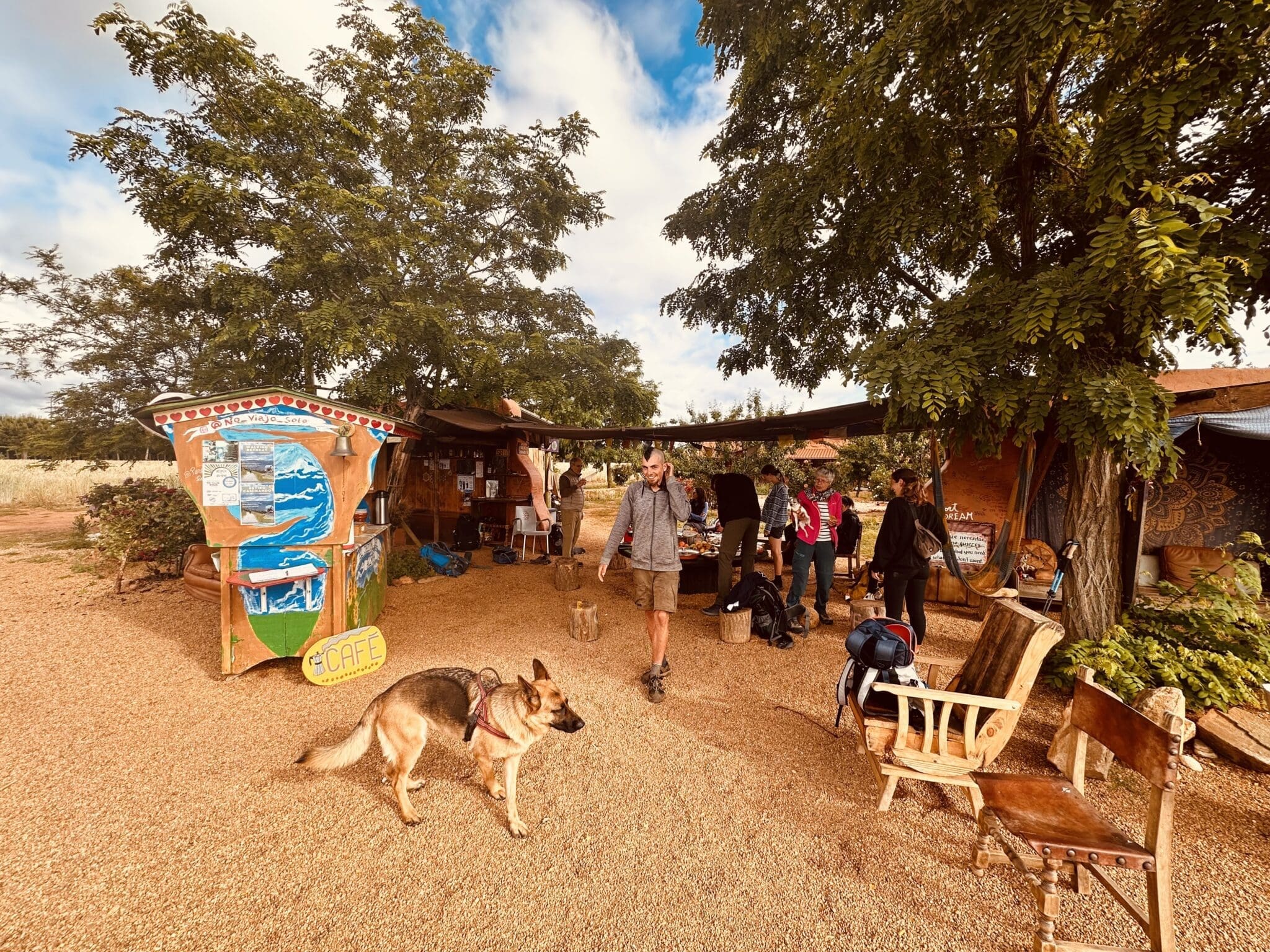
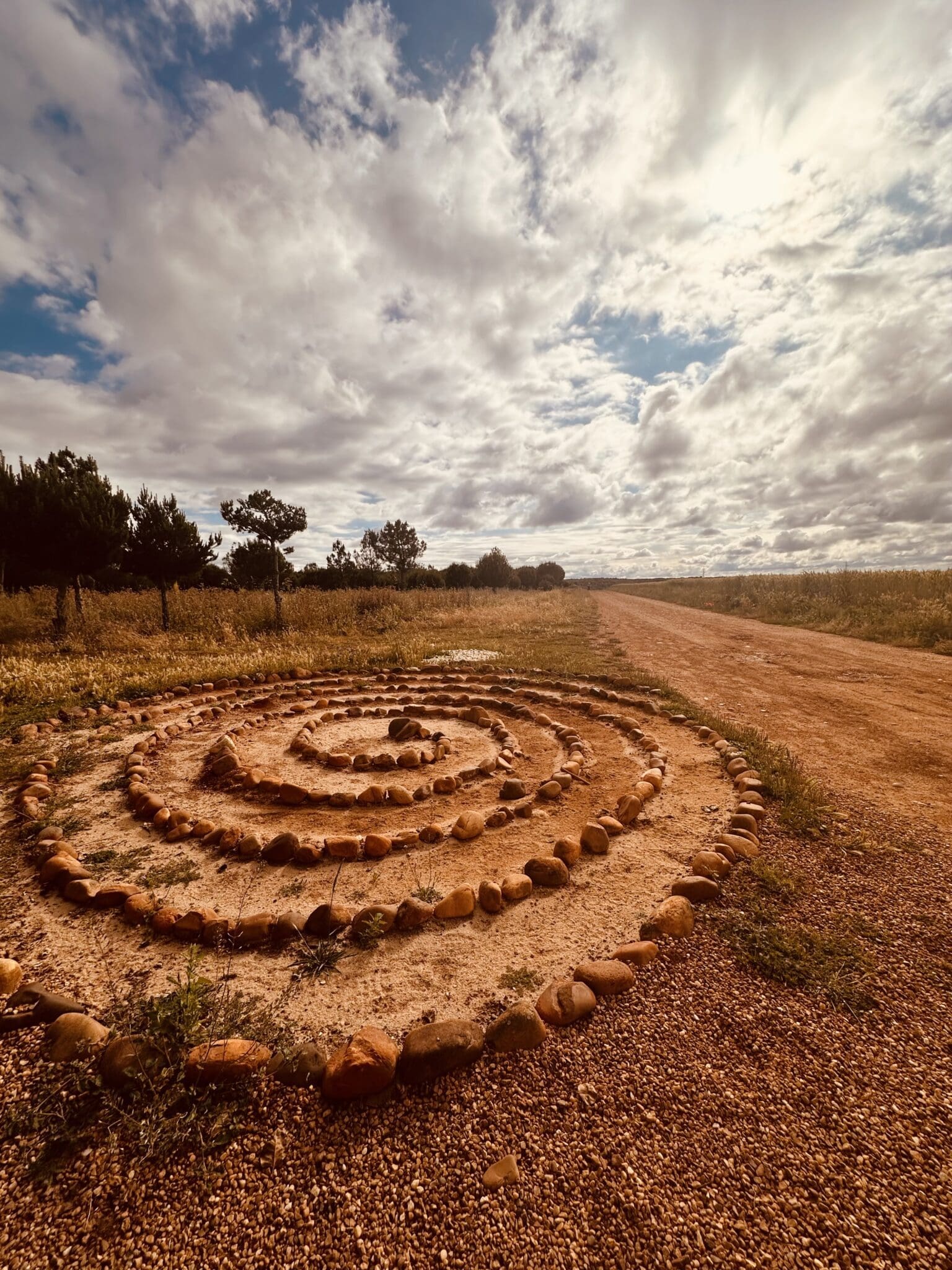
Just before the steep descent into San Justo de la Vega and Astorga, you’ll reach the Cruicero de Santo Toribio, a stone cross overlooking the valley. From here, you can see the cathedral rising in the distance and a string of small towns stretching across the Camino as it winds into the mountains ahead.
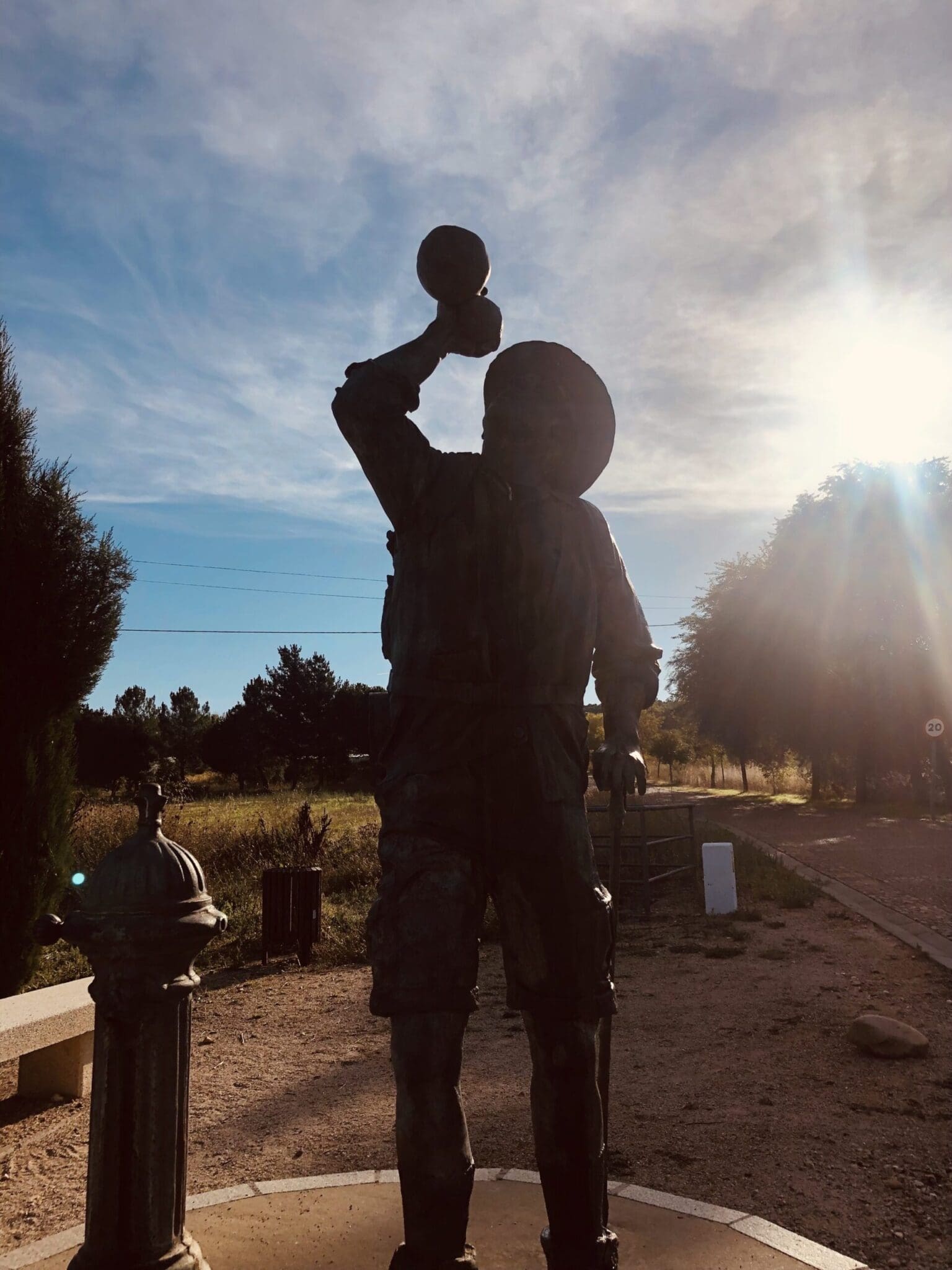
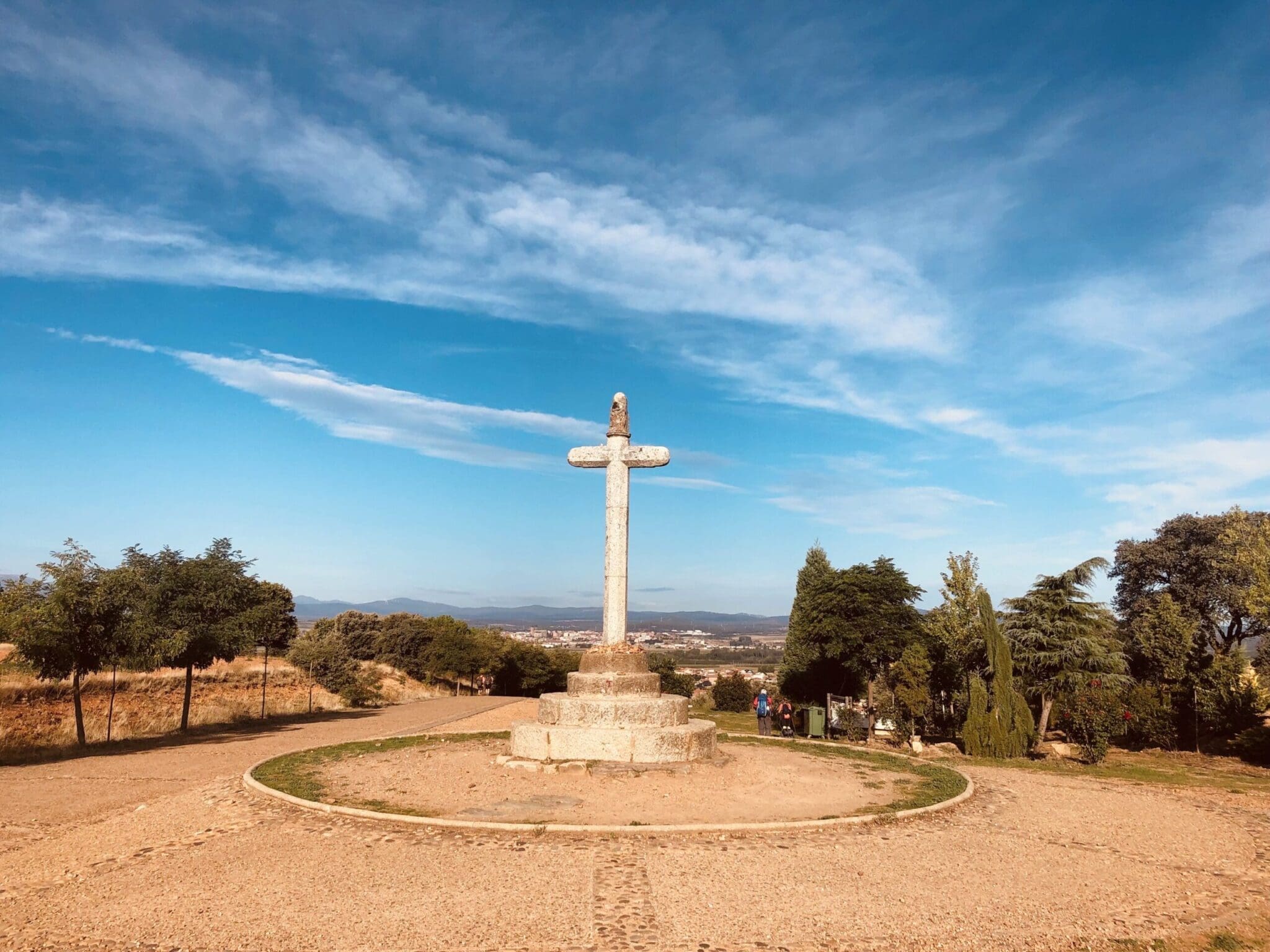
Loreum ipsum
Astorga
256.9 KM to Santiago
The Camino then climbs uphill toward the city. It’s not a steep climb, but after a long day across open fields, you’ll feel it in your legs. As you approach, the old Roman walls of Astorga come into view. Astorga is a fine city, known for its impressive cathedral, with beautiful Gothic and Baroque touches, and the Bishop’s Palace, a fairytale-like building designed by Antoni Gaudí. You can visit both the cathedral and the palace with a combined ticket for around €5.
Astorga is also famous for its chocolate. There’s a small Chocolate Museum that tells the story of the city’s sweet tradition. It’s a simple, old-fashioned place, but full of charm and worth a quick visit if you have time.
The area around Astorga is also home to the Maragato people, an ancient community with deep roots. Their exact origins are a mystery — some believe they descended from North African settlers, others think they were early Christian traders. What’s clear is that the Maragatos developed a strong, proud identity over the centuries. They are best known today for their food, especially the cocido maragato, a hearty stew of meats, chickpeas, and cabbage — served in a unique way: you eat the meats first, then the vegetables, and finish with the soup.
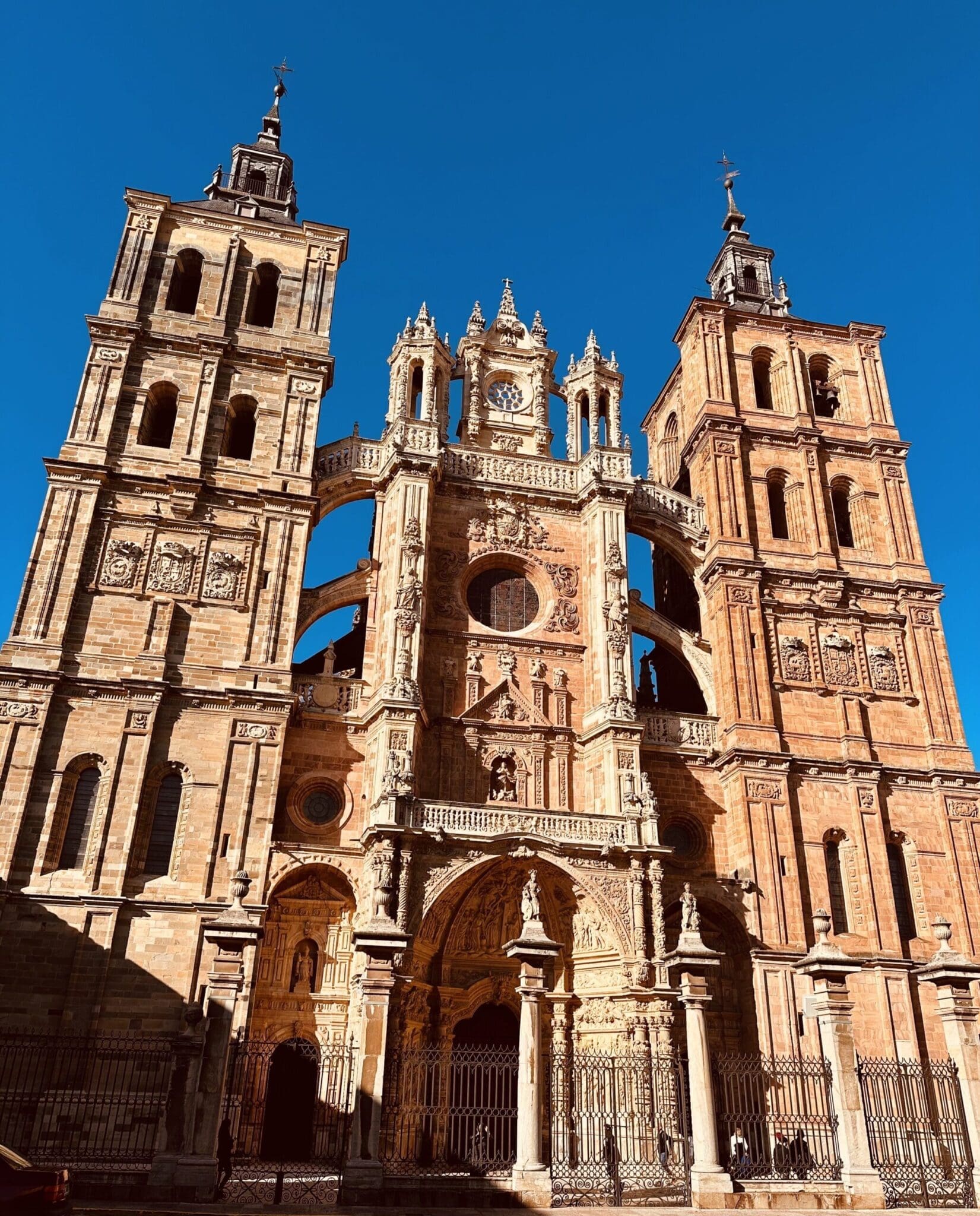
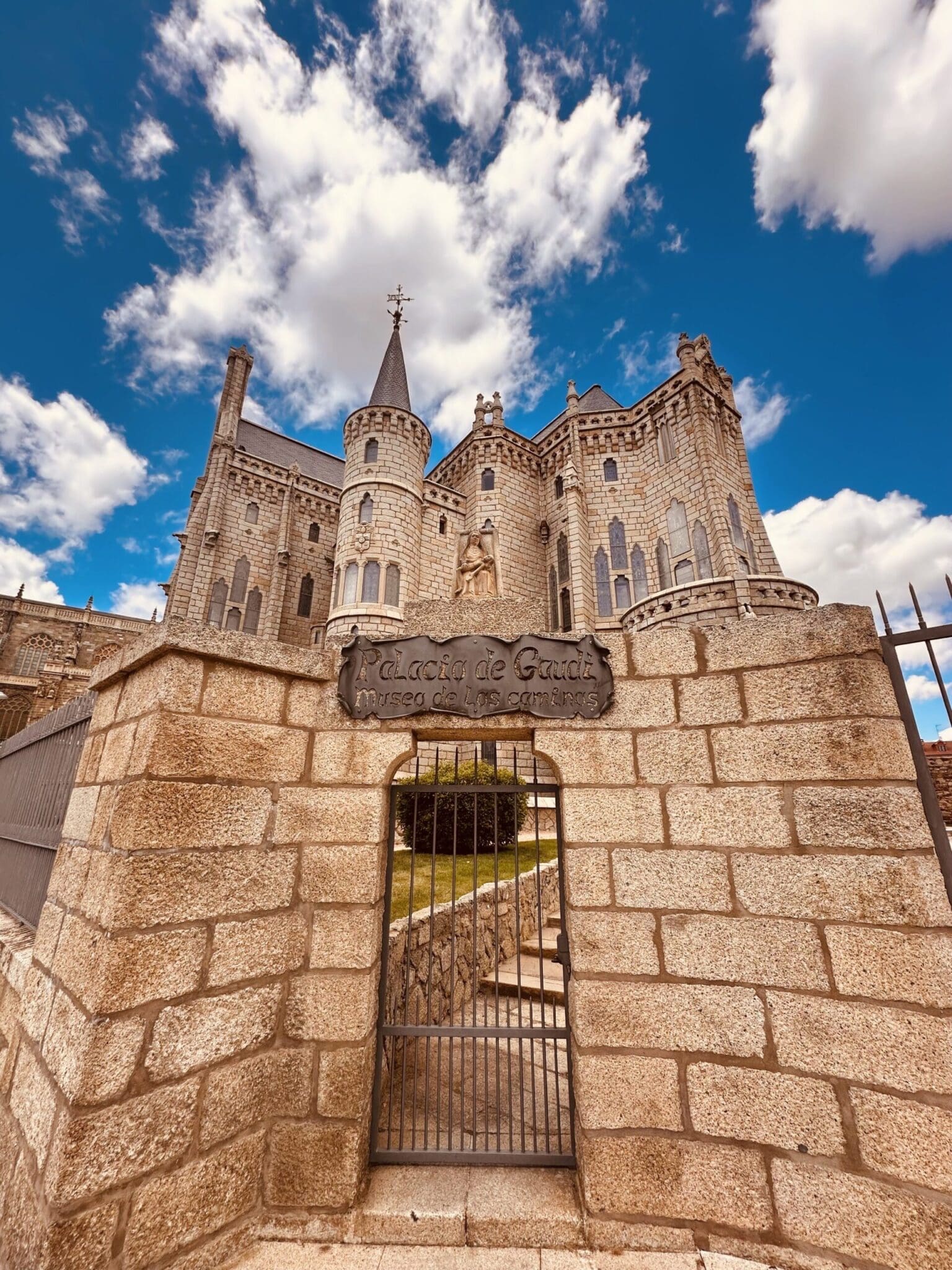
Astorga has plenty of places to stay. Some of my favouiuites include. Albergue San Javier is just across from the cathedral. It’s a busy, old-school albergue with a really friendly atmosphere — I really liked staying here. It has that lively Camino spirit, where it’s easy to meet and chat with other pilgrims.
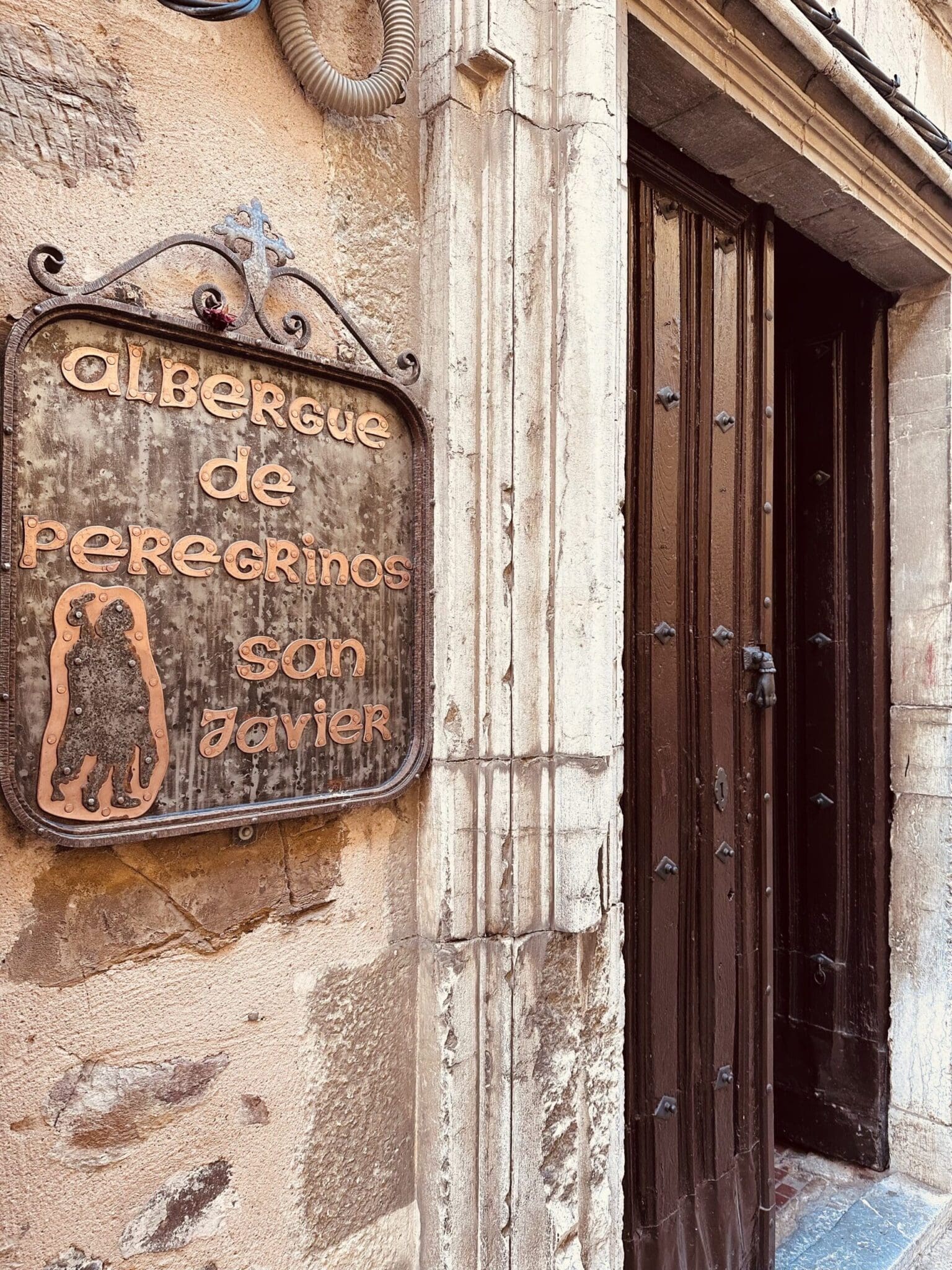
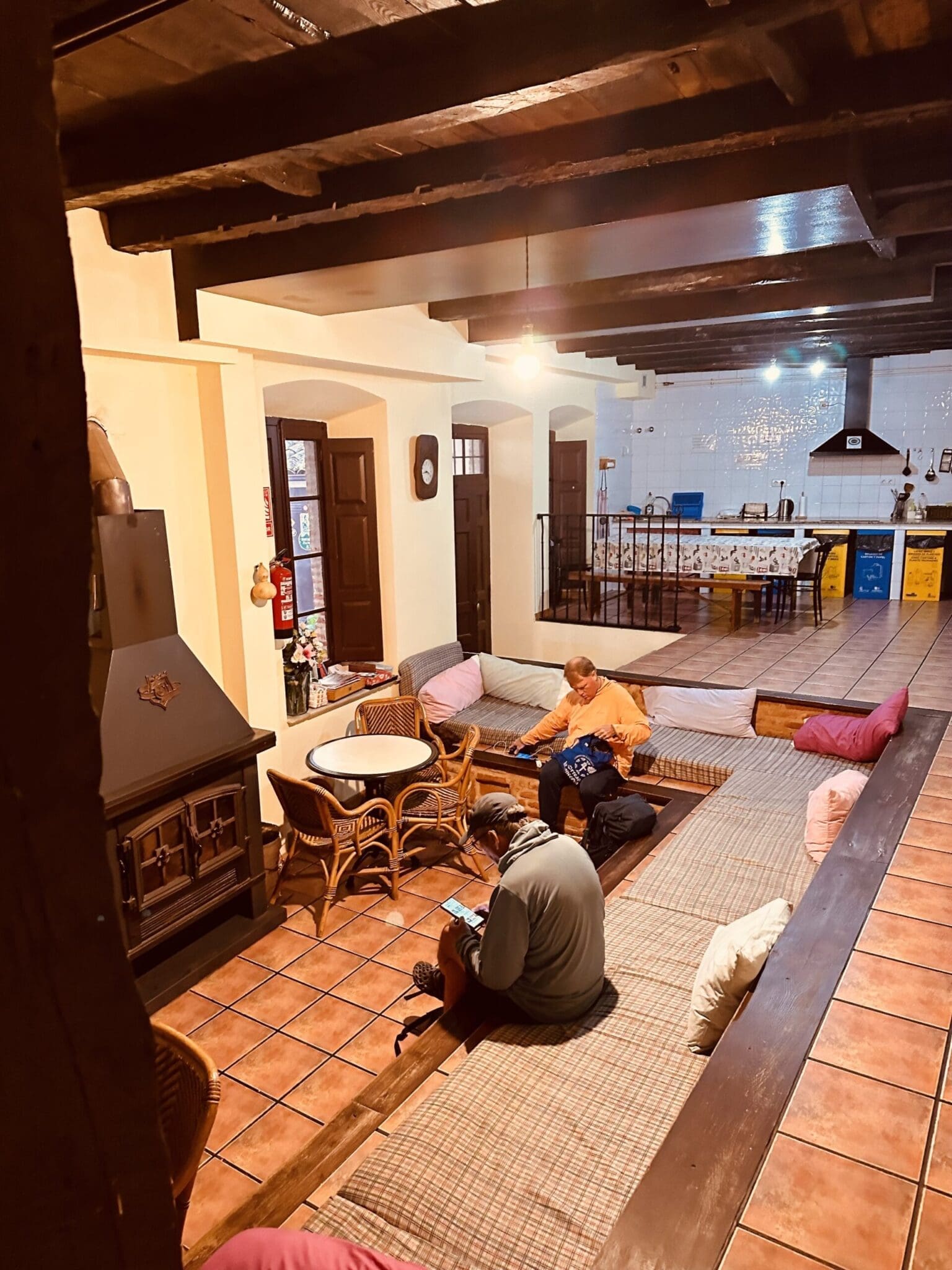
Albergue Só Por Hoje is exceptional. Patricia, the owner, is a wonderful hostess who welcomes pilgrims into her home with real love and care. Her home is beautiful, and the Brazilian meal she prepared for us was absolutely fantastic.
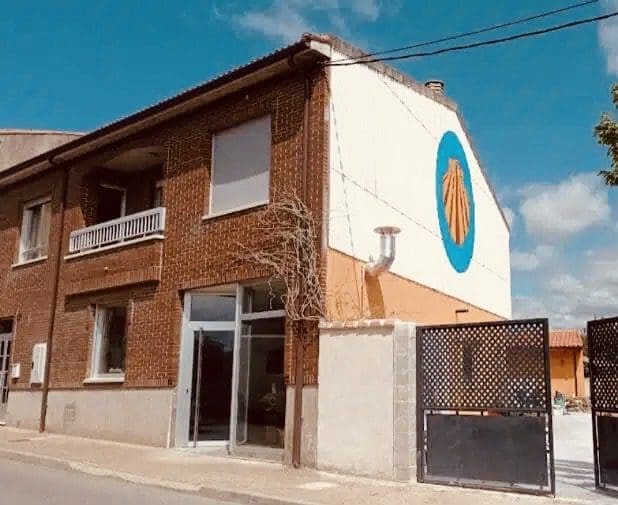
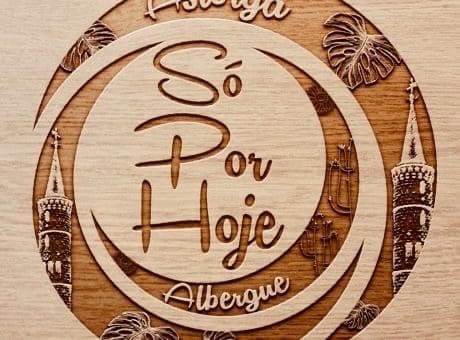
Albergue MyWay, located on the way into Astorga, is another great option. They offer a nice communal meal in the evenings and have a good garden where you can relax and unwind after a long day’s walk.



